Here’s a short list of places and things to do in Imbabura Ecuador, one of the most delightful provinces in Northern region
Anyone who has visited Ecuador lately will probably talk to you about the ever colorful and culture-filled Otavalo Market in Imbabura. Though certainly amusing, Imbabura Province has much more to offer than Otavalo Market. It actualy holds some of the most striking landscapes in the country. This province is located in the north side of Ecuador and is popularly known as the Province of Lakes because it holds more water reserves than other province in the country.
Some of the most important lagoons and lakes are San Pablo, Yahuarcocha (kichwa for “blood lake”), Cuicocha, Puruhanta, (Pimampiro), San Marcos, Piñán, Mojanda and Negra lagoon.
Imbabura is known for its population variety marked by various demographic factors. Imamabura is home to varios ethnic groups, Mestizo, Indigenous, Afro-Ecuadorian, White and Montubio. This is probably the reason why culture is so rich and traditional in this area. Imbabura is a core site of crafts and culture in the country.
Otavalo Market is, of course, a must-see, ideal for a full-day tour. There you can buy and learn the process bi which colorful ponchos, hammocks, tapestry are made, or you may simply watch colorful dresses of the Otavalo women. However, if you are a landscape photography aficionado, Imbabaura will not let you own.
Here are some of the best places to visit in Imbabura a side form Otavalo Market.
Activities they can do
Cuicocha Crater Lake
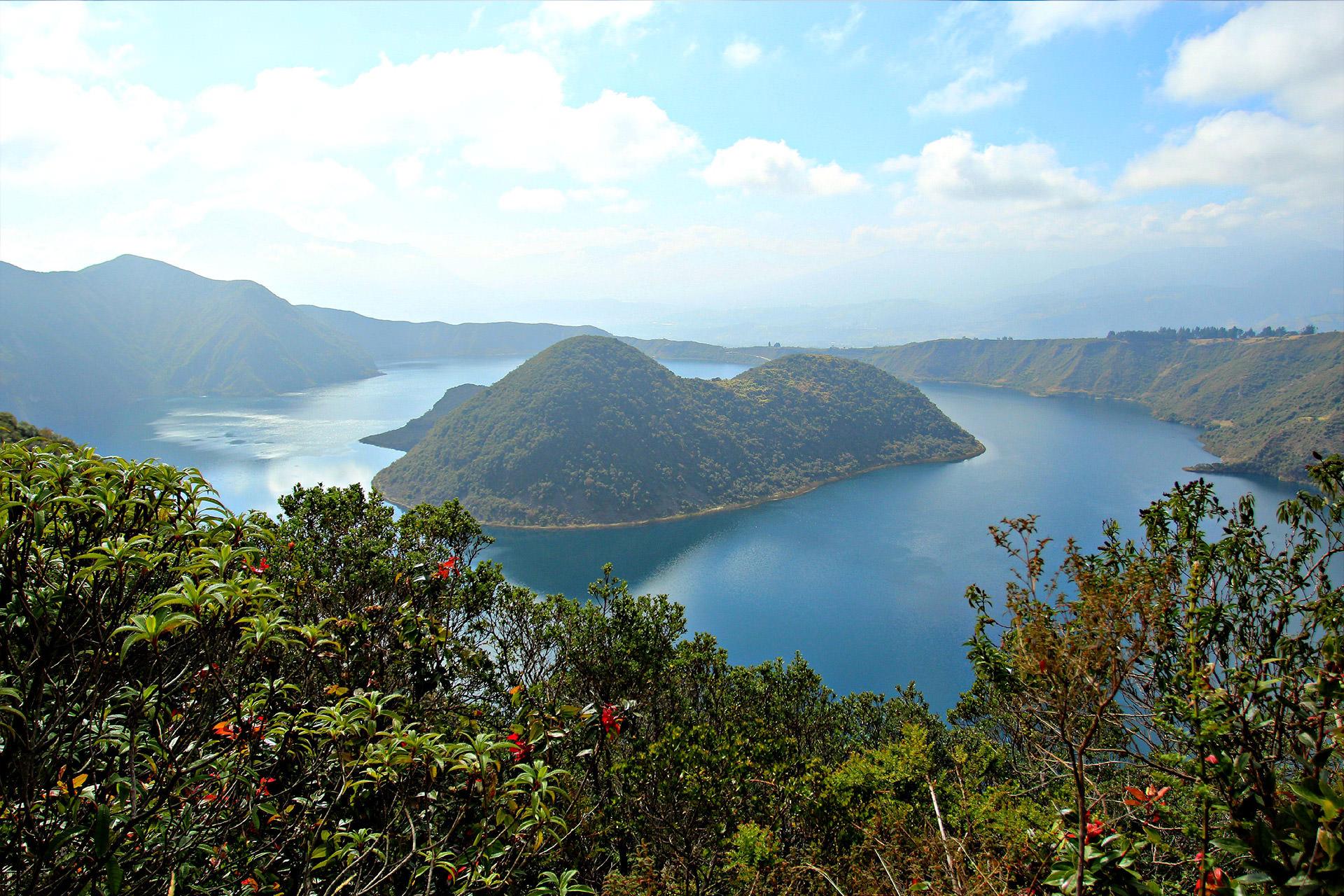
Part of the Cotacachi Cayapas Ecological Reserve, Cuicocha (Kichwa: Kuykucha, “lake of guinea pigs” or Kuychikucha, “rainbow lake”)[1] is a 3 km (2 mi) wide caldera and crater lake at the foot of Cotacachi Volcano in the Cordillera Occidental of the Ecuadorian Andes. Its name comes from the Kichwa indigenous language and means “Lago del Cuy” or Guinea Pig Laguna in English. It was given this name due to the guinea pig shape of the largest Island in the middle of the laguna. These animals play a significant part in the everyday life of Ecuadorians, as they reproduce rapidly and need a minimum of food and care to survive. They make for a high protein meal especially for populations living in high altitude.
San Pablo Lake
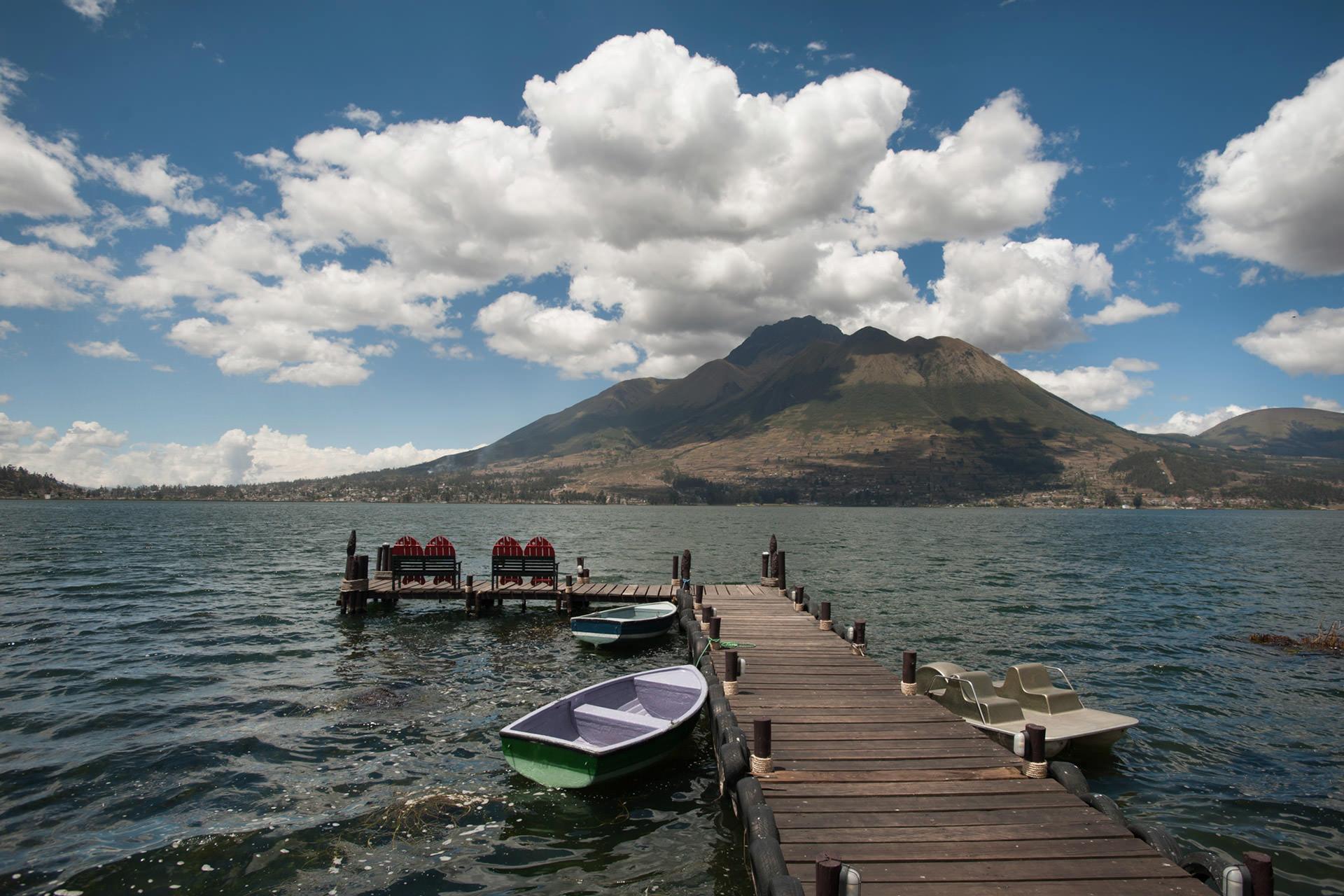
San Pablo Lake is one most beautiful and known spots in the province of Imbabura, located 4 km west of Otavalo and 2670 meters above sea level. La Laguna de San Pablo holds an ecosystem that includes some representative species such as herons, ducks, some amphibians and many aquatic plants. It right at the foot of Imbabura volcano, and it is formed by the water discharged by the waterfall Peguche. In its vicinity you may find handcrafts, hotels, restaurants.
Mojanda Lake Complex
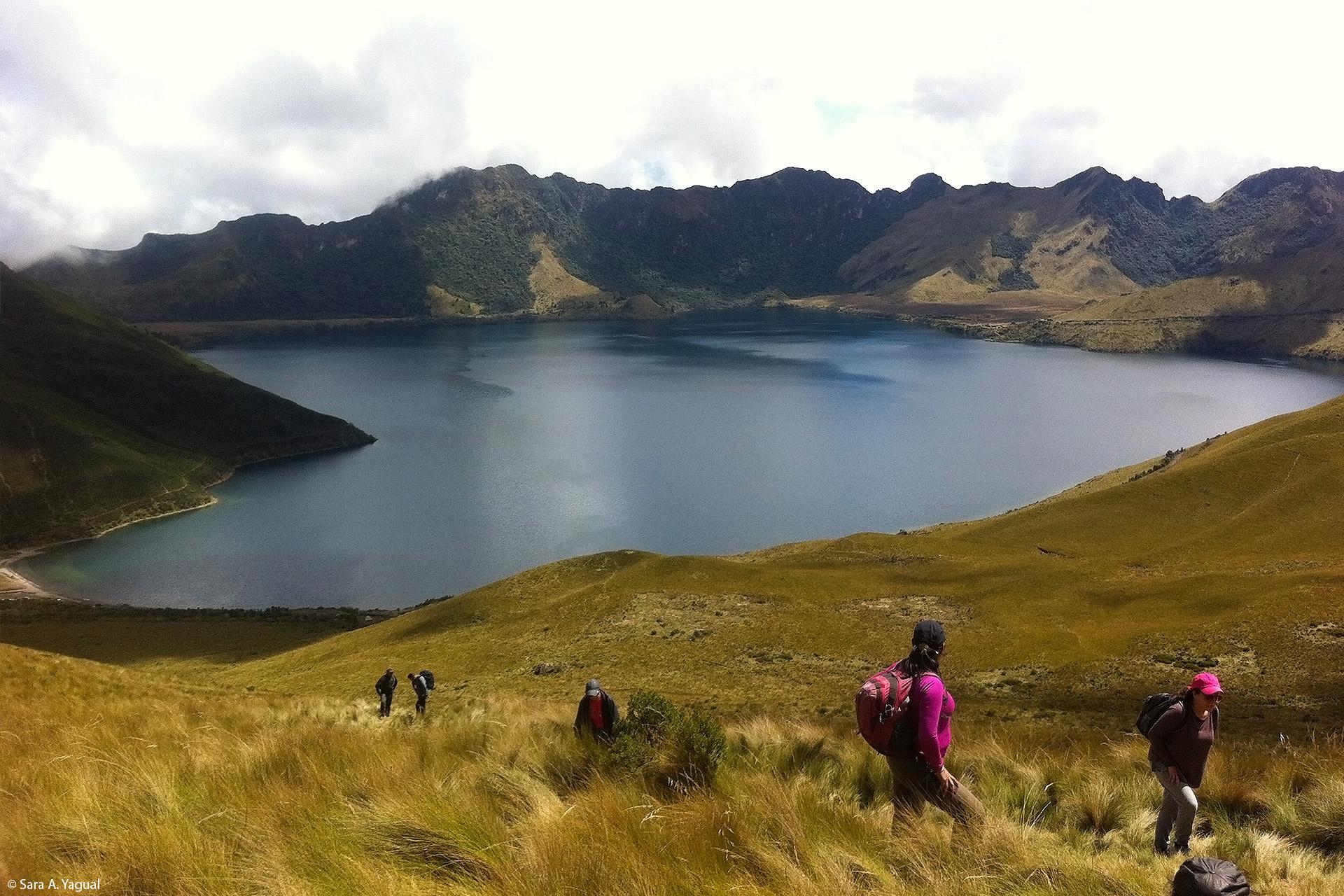
The Mojanda Lake Complex consists of three lakes: firstly, Caricocha (male lake) or big lake, secondly, Huarmicocha (female lake) or small lake, and finally, Yanacocha or black lake. These lakes are connected by different paramo paths and surrounded by two mountains: Fuya-Fuya to the East and Yanahurco or Black Mountain to the west. Moreover, around the Mojanda Lakes, you may find a lot of paramo vegetation and a native forest of volcanic origin. Additionally, you may get here from Otavalo, which takes 35 minutes. In Otavalo, you can hire a pick-up (USD $10) to go to the lagoon complex. However, most of the year, it rains in the lagoons, and the weather is cold and windy.
Yahuarcocha Lake
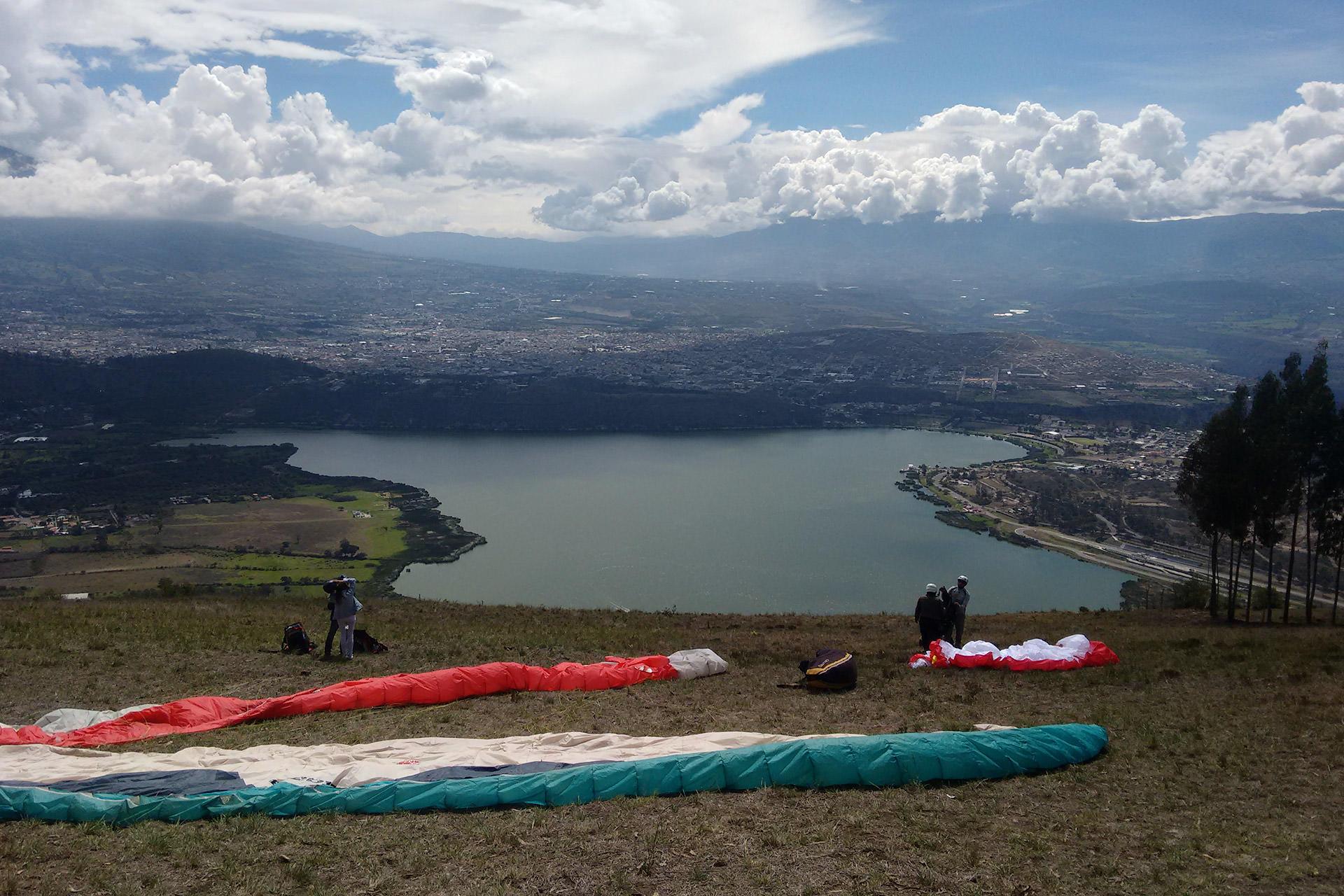
Laguna Yahuarcocha comes from pre-inca language, it is written Yawarkucha, meaning blood lake in the Kichwa. It is a sacred lake of Ecuador ans it was once the scene of a bloody massacre. A consequence of indigenous resistance against Inca domination. This lake is located 3km from Ibarra a 3 km de Ibarra, and you can get there walking, taking a local bus or a taxi. Laguna. Sitting at a height of 2190 meters (7185ft) above sea level, it is one of the region’s main attractions today. It is estimated to be around 12,000 years old, and is a vestige of the post-glacier age. Boat sailing, water skiing and hiking are common to the area.
Piñán Lake and Lagoon Complex
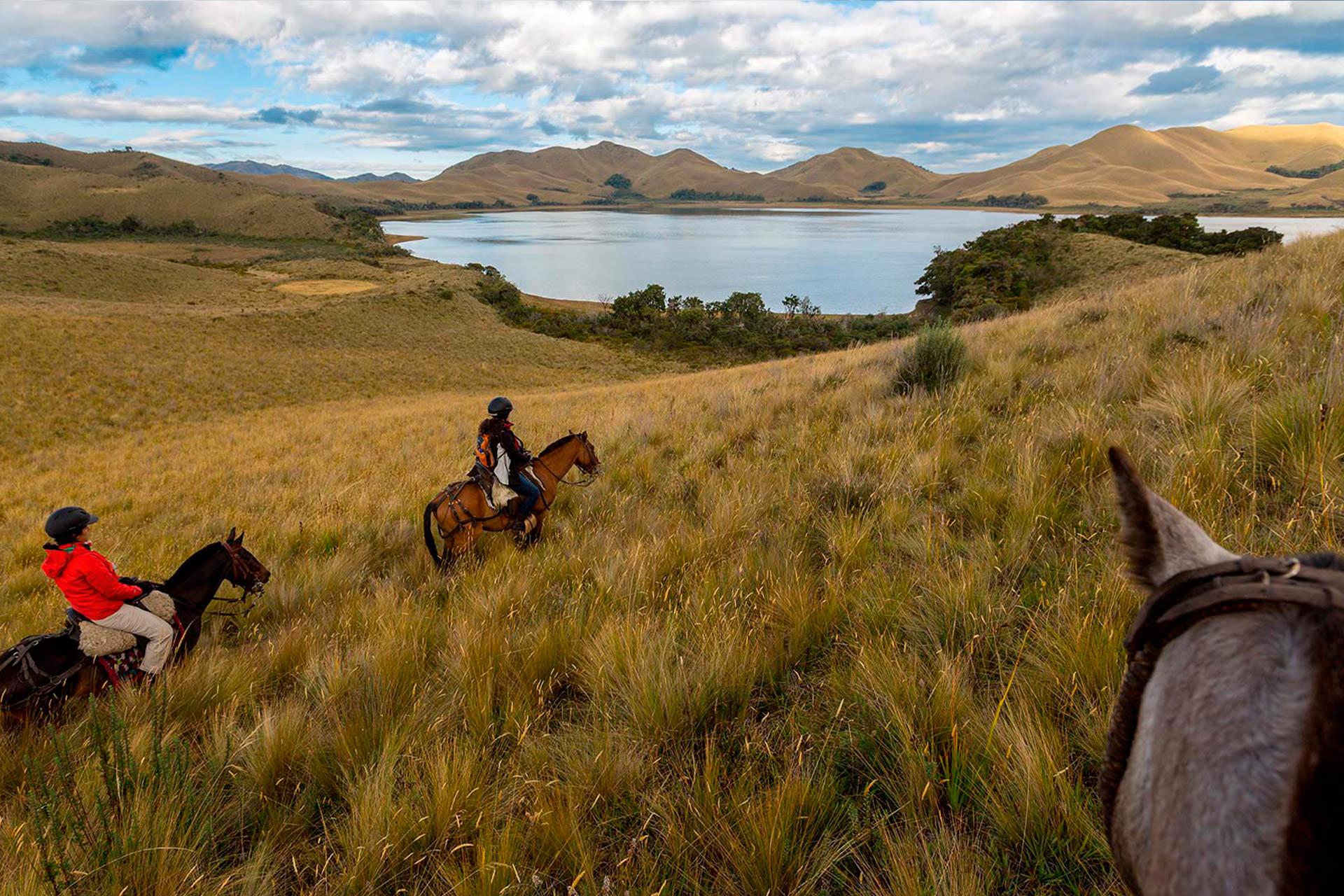
The Piñan highlands are located Northwest of Otavalo, just behind the snow capped Cotacahi volcano at an altitude ranging between 3500 to 4000 meters (10000 to 1300 feet). This beautiful place is part of the Cotacachi Cayapas Ecological Reserve. The area has much to offer, lots of lagoons, herds of wild horses, spectacular páramo vegetation, and trout
fishing in the streams. There is a great variety of wild flowers and there is a chance of seeing wildlife such as white-tailed deer and condors. There are about 36 small lagoons in this area and it is close-by to volcano Yanahurco (Black Mountain) which is relatively easy to climb and the views at the top are some of the best in Ecuador. If you are into hiking, a 4-hour trek will take you to the delightful community of Piñan, holding old and original constructions of thatched roofed houses and filled with friendly people. Close to this small community there is a lake by the name of Donoso or Piñan surrounded by samples of highland vegetation.
Peguche Cascade
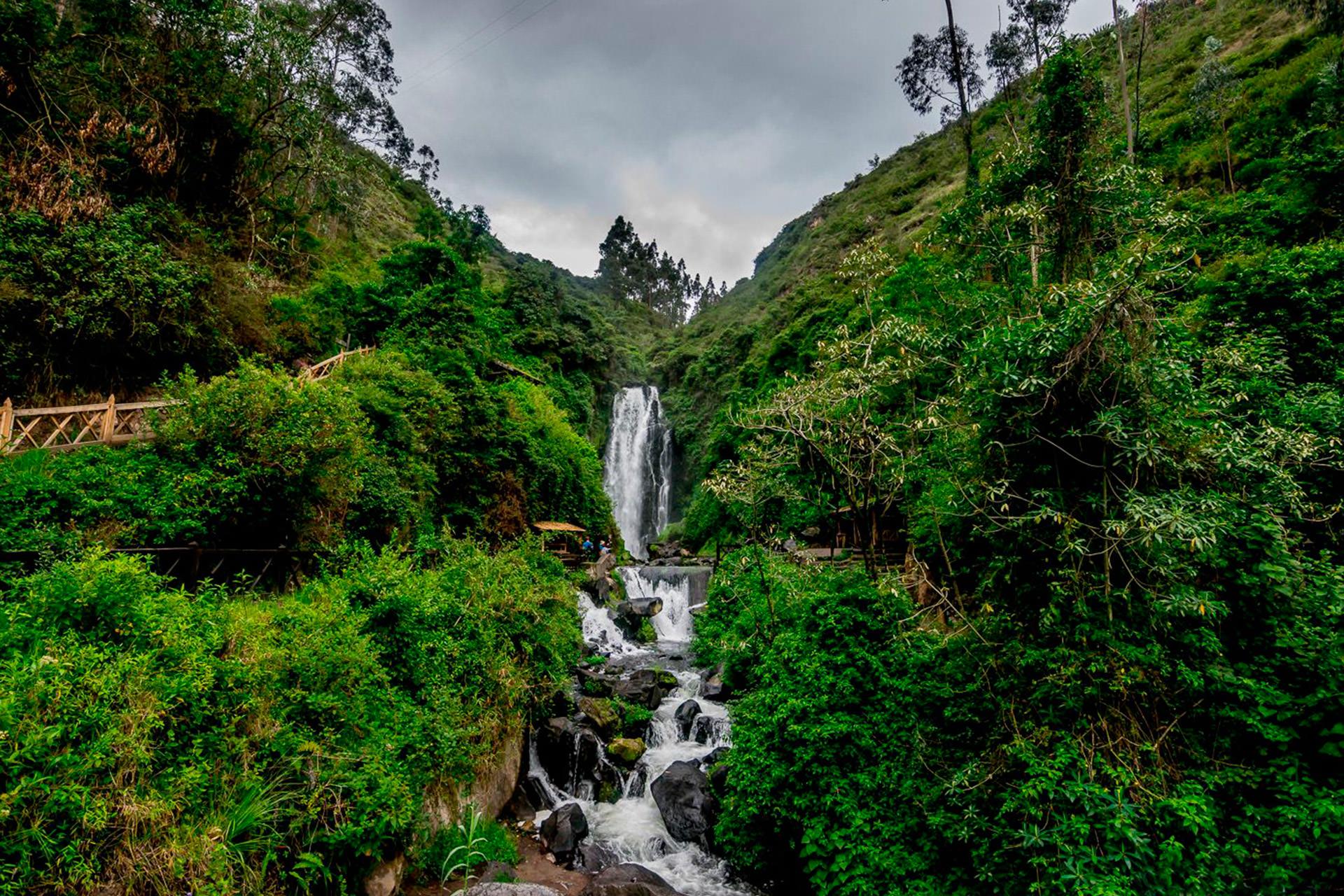
Las Cascadas de Peguche is one of the main tourist attractions in the Otavalo area. It is a beautiful 50 ft. (18 m) waterfall considered an Indigenous Ceremonial Site due to the purification baths held here a couple days prior the Inti Raymi celebration (Sun and harvest celebration, June 21st). This waterfall originates at the foothills of Imbabura volcano, right at the northern tip of San Pablo Lake.
Las Cascadas de Peguche are situated 3 Kms north of Otavalo and 23 Kms south of Ibarra. It takes about 30 minutes to get there (walking) from the northern tip of Otavalo and about 5 minutes by car. There is public transportation available from Otavalo to get to the waterfalls at parque central Simon Bolivar. You can also flag a taxi anywhere in town (USD. 2,00 one way). Another option is riding a bike to the waterfalls, which can be rented in Otavalo. The hike or the ride are definitely worth the effort.
Ibarra – Salinas Train Ride
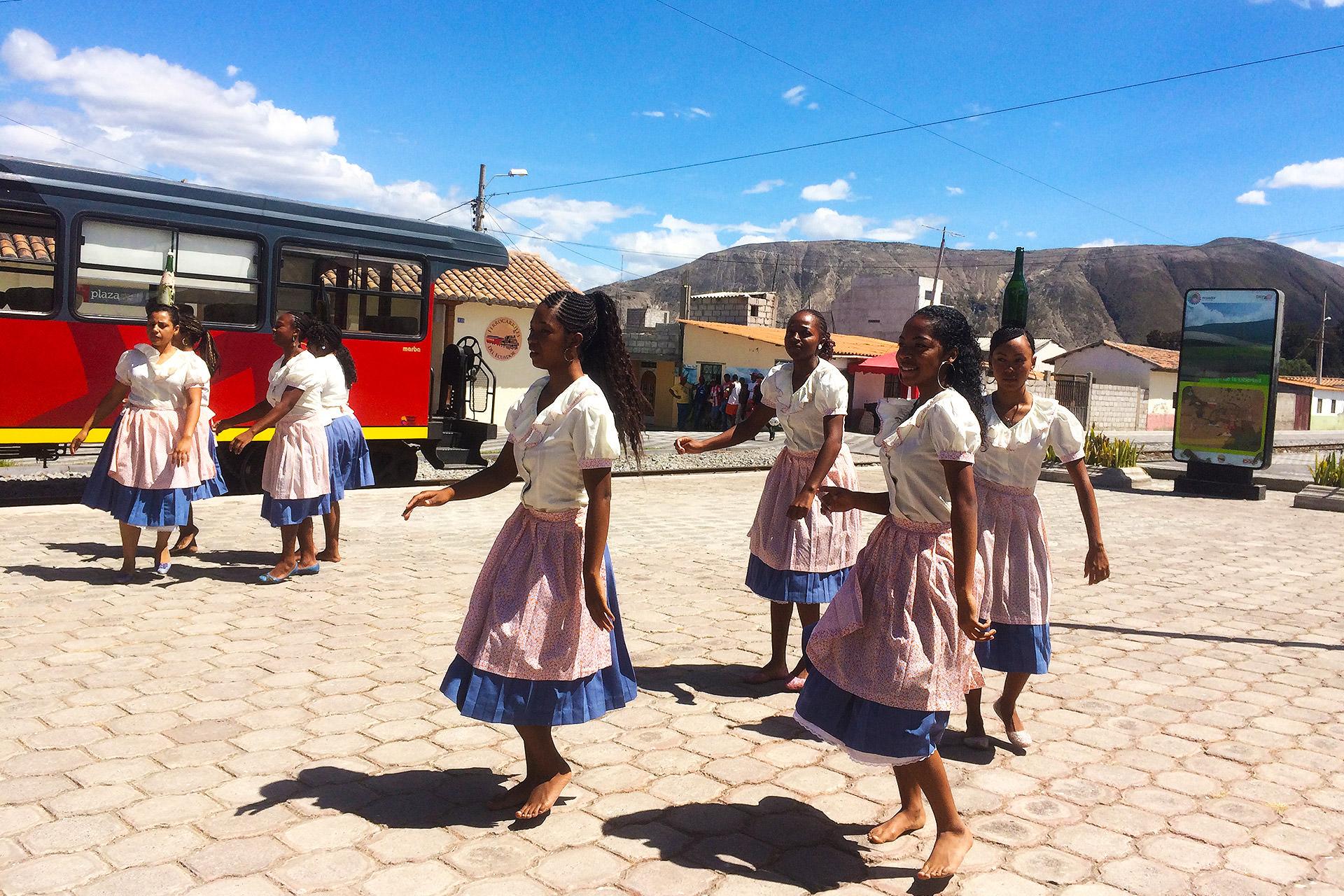
A day-trip aboard The Liberty Train (Tren de la Libertad) in a great idea for photography and culture. The train gets its name from Ecuador’s struggle for liberty and independence from Spain 200 years ago. The modern route runs 30 kilometers from the city of Ibarra to the town of Salinas and back. As the train passes out of Ibarra, it makes its way through a beautiful scenic countryside, passing over rivers and through the majestic Andean midlands.
This route is particularly famous for passing through several tunnels. Carved out of the rocks that were part the mountains over 100 years ago by workmen using little more than picks and shovels. The train’s destination, Salinas, is a very special place. It’s one of a handful of places in Ecuador which is home to a native population of Afro-Ecuadorians, descendants of workers brought here long ago. Visitors are welcomed with traditional dancing and invited to visit a salt museum before returning to Ibarra. There, you may enjoy a presentaction of “Bomba” dance or a music band. Visit to the Arts & Crafts Square City tour of Salinas Entrance and guide in the Salt Museum
A Bite of History
Imbabura was populated around 2100 BC. C. by the caranquis in the norther part of Ibarra, the capital city. Caranquis are the source iof most of the legends in the area. The Otavaleños arrived at the region now known as Otavalo around 150 a. C. The natabuelas reached the area near Atuntaqui.
The Inca later invaded the region around the year 1400 followed by the Spanish colonization in in the sixteenth century. Where they found the supposedly hiding spot of the treasure of Inca Atahualpa. There, Cristóbal de Troya founded a village, to which, with the permission of King Philip II of Spain, he named it Villa de San Miguel de Ibarra. The next village founded was Otavalo, followed by Cotacachi, San Miguel de Urcuquí, Pimampiro and Atuntaqui. After the independence war and the annexation of Ecuador to Great Colombia. The Province of Imbabura was created on June 25, 1824, making it one of the first 7 provinces of Ecuador.
So, now you know it, choose any of these for your next trip to Imbabura Ecuador.
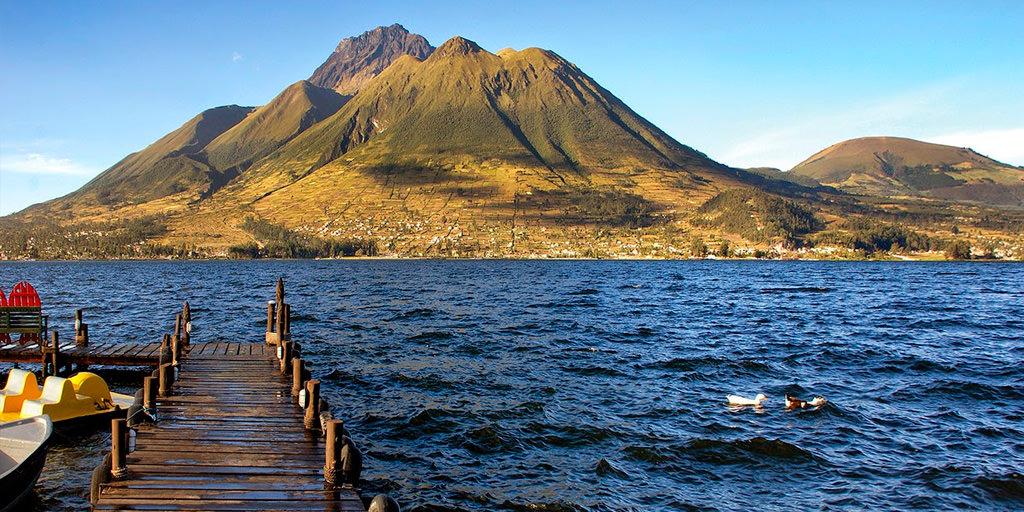

Comments